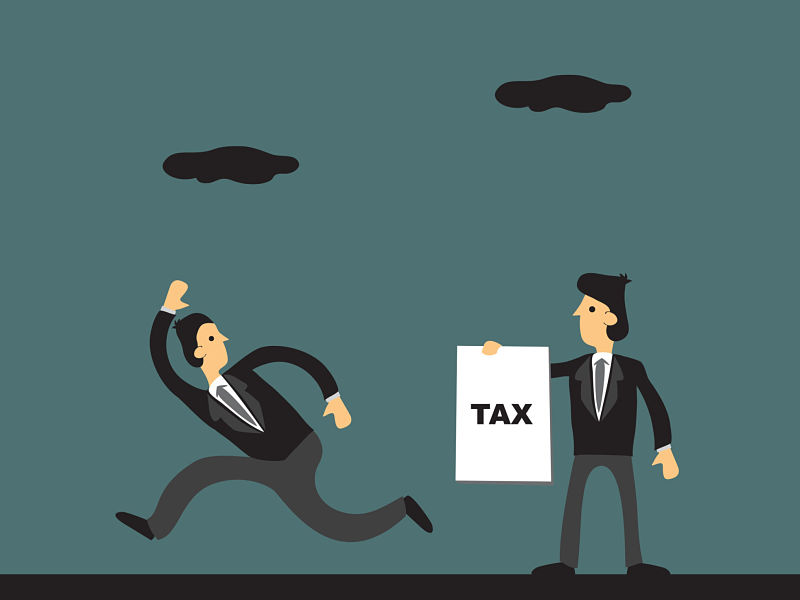
As you prepare for tax season, you should understand the Canada Revenue Agency’s (CRA) overall philosophy toward levying taxes and collecting government revenue.
The CRA is looking to close a significant gap – the “tax gap.” This term may be relatively new to you, but it is a growing focus of the government from a policy perspective and for the CRA from an audit and review standpoint.
According to the CRA, the tax gap is the difference between the taxes that would be paid if all taxpayers fully met their obligations and the taxes that the CRA collects. “In other words, [the] tax gap is a measure of potential tax revenue loss resulting from intentional and unintentional tax non-compliance, which can occur at the time of filing, reporting or paying taxes,” says Étienne Biram, a CRA spokesperson. (Much of this non-compliance is attributed to the “shadow” economy, which operates below the CRA’s radar.)
In 2016, the federal government publicly committed to examining the tax gap and established a dedicated unit within the CRA to focus on this issue. To date, the unit has prepared five reports.
The gap has wider implications than dollars and cents. There is growing inequality between the very wealthy, who make more money than the middle class and the poor, who are stagnating or losing financial ground, notes Jon Allen, senior fellow of the Munk School of Global Affairs and Public Policy at the University of Toronto. “Many people are saying we need to level out this inequality.”
Allen points out that Canada’s quality of life also is at issue: “If governments don’t have enough money to pay for the social programs Canadians are demanding, the governments will be forced to raise taxes or reduce social programs. Why not begin by collecting the money that is owed legally?”
Addressing the tax gap effectively will help to both level the playing field for taxpayers and pump more money into federal and provincial coffers. The CRA first estimated the tax gap in 2016, when the agency sought to estimate uncollected HST/GST revenue. The CRA discovered that the annual loss in potential revenue was 5.6% on average every year from 2000 to 2014. That translates to almost $5 billion in lost revenue. The figure is not inflated, Allen believes: “I highly doubt the CRA is overestimating.”
Even when the gap is narrow, the amount not going to government is significant. Tax Assured and Tax Gap for the Federal Personal Income Tax System, a CRA paper released in 2017, covered the 2014 tax year and revealed that several factors, including extensive third-party information reporting, mean the country’s personal income tax base is “largely assured [of] or at low risk of non-compliance with minimal direct CRA intervention.”
The CRA report states that 86% of income assessed, 74% of deductions reported and 83% of credits claimed were assured. Furthermore, the report states, the agency used “tax gap analysis” to estimate that assessed taxes not collected were about $2.2 billion for the 2014 tax year and that domestic unreported income earned amounted to a federal tax loss of roughly $6.5 billion in the same year. “Combined, these tax gaps amount to $8.7 billion or 6.4% of personal income tax revenue in 2014,” the report states.
In a draft paper, Allen cites research by the Tax Justice Network that calculated Canada’s shadow economy was valued at $247 billion, which cost all levels of government about $79 billion a year. “While this figure is not limited to monies hidden in tax havens, [it plays] an important role in facilitating tax evasion and evasion makes up a very significant portion of that lost revenue,” Allen’s paper states.
Not all of the tax gap can be attributed to tax evasion and tax avoidance; some is unintended and inadvertent. Government assumptions about revenue could be wrong, notes Aaron Wudrick, federal director of the Canadian Taxpayers Federation in Ottawa. “But insofar as uncollected taxes are a result of laws being broken, those laws should be enforced.”
Future CRA tax gap analyses will examine topics such as the payment gap, excise tax gap, non-compliant claiming of deductions and credits by individuals, and the impact of audits in reducing the overall tax gap, Biram says. “As well,” he says, “Canada’s tax gap estimates will be regularly updated to ensure they remain relevant.”